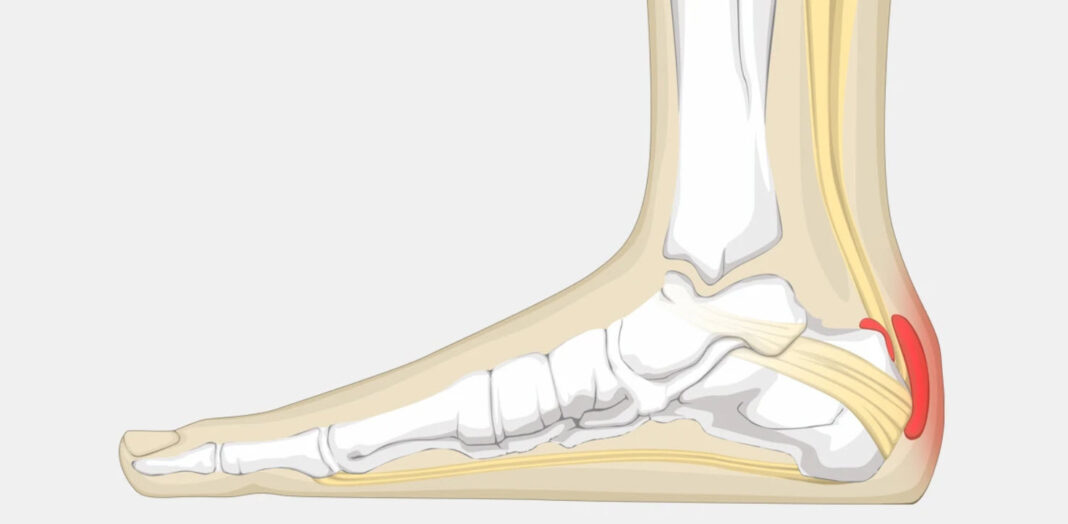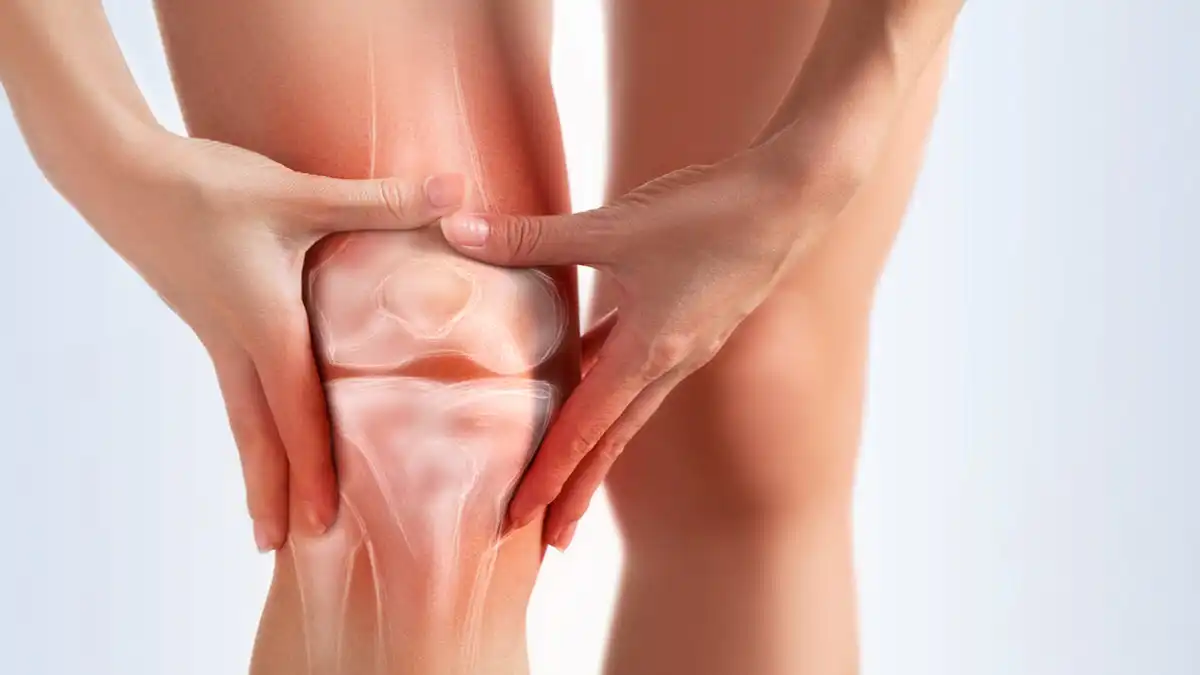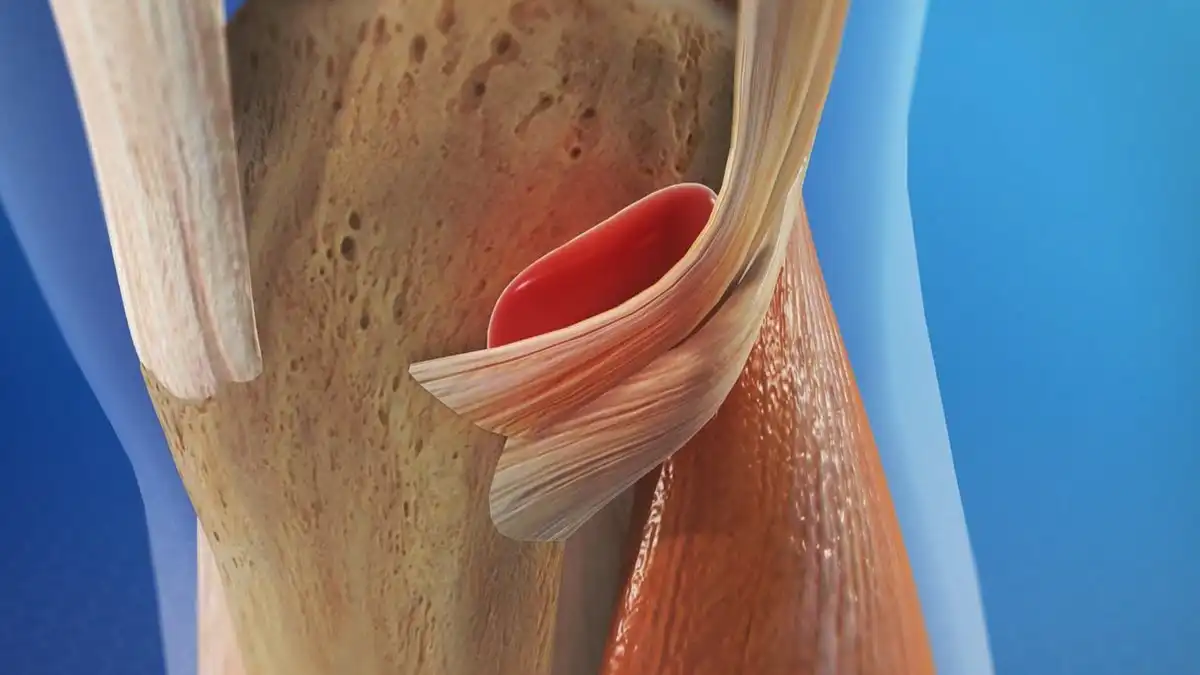Retrocalcaneal bursitis is an inflammation of the small fluid-filled sac (bursa) between the back of the heel bone and the Achilles tendon, just above the point where the tendon connects to the bone. The inflammation causes swelling, tenderness and pain in the back of the foot.
- Retrocalcaneal bursitis is common in both athletes and the general population.
- In the normal population, its incidence is high in individuals who are accustomed to wearing heeled shoes over a long period of time and may experience increased stretching and irritation of the Achilles tendon and its associated bursae when switching to flat shoes.

Causes
- The most common cause of retrocalcaneal bursitis is overuse of the heel and ankle.
- Rapid increase in physical activity or failure to warm up properly before exercise.
- Stand, walk, run or jump a lot.
- Rapidly increasing the intensity of activities or workouts.
- Not stretching properly.
- Tight shoes.
- Haglund’s disease
- Infection
- Walking in high heels
- Arthritis
- Gout
- Rheumatoid arthritis
- Ankylosing spondylitis (AS).
- Psoriatic arthritis.
- Reactive arthritis (formerly known as Reiter’s syndrome).
- Pseudo-gout
- Gout
Symptoms
- The main symptom of retrocalcaneal bursitis is heel pain.
- Other symptoms may include:
- Swelling at the back of the heel area
- Pain when pressing on the heels
- Pain in the calf muscles when running or walking
- Stiffness
- Red or warm skin on the back of the heel
- Loss of movement
- Crackling when flexing the foot
- Shoes become uncomfortable























